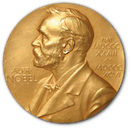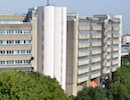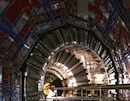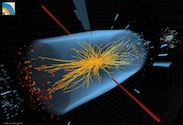Joint institute of ULB and VUB
Located in Brussels
IIHE and the Nobel Prize in Physics
The IIHE and the CMS detector
The CMS detector is a huge machine designed to record particles that emerge from high energy proton collisions. It functions like a three dimensional camera, taking a snapshot of each collision. The rate of collisions is so high that only the most interesting events are stored to disk.
For more details see the CMS public page.
The IIHE has provided an important contribution to the development of the hardware for CMS and played key roles at all levels of the experimental work, from the detector running and optimisation to the physics results publications. Below are images of the tracker endcap petals during their development and installation.
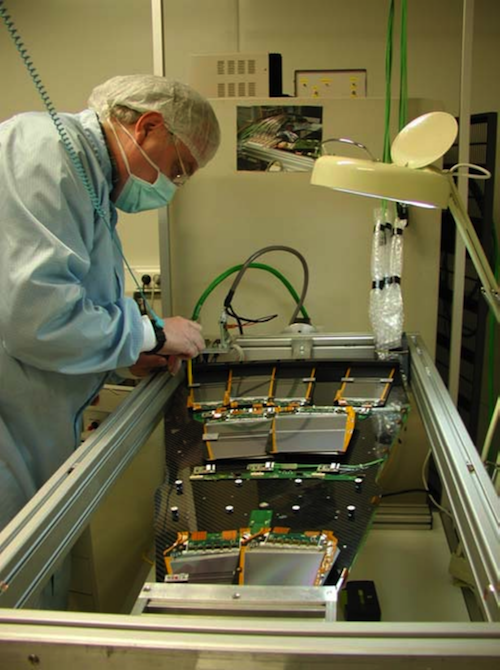
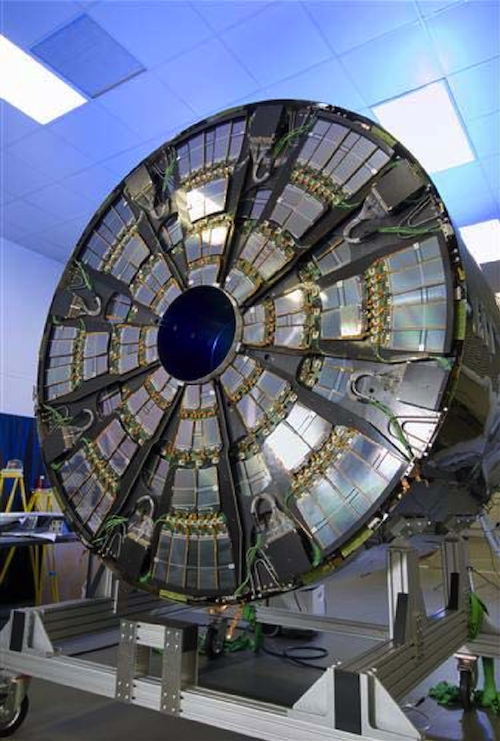
A technician at the IIHE assembles one of the tracker endcap petals (left), which is then added to the endcap (right).
The boson discovery
On the 4th of July 2012 the CMS and ATLAS Collaborations announced the discovery of the Brout-Englert-Higgs boson during a special seminar at CERN. The discovery made headline news around the world. Even the Belgian Prime minister, Elio Di Rupo, shared the excitement! François Englert discussed the research wih him at CERN with the CMS detector in the background. Analysis of the properties of boson continues as a very active area of research and the IIHE plays a role in these studies.
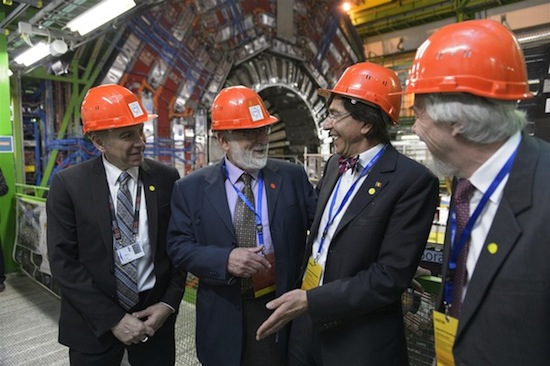
François Englert discussing with the belgian Prime Minister in front of the CMS detector.
To understand how Brout and Englert predicted the scalar field in 1964, see the dedicated page from the ULB Service de Physique Théorique.
See also:
3D tour of the CMS detector
Explore the CMS cavern with these 3D images
CMS boson events
Check out some of CMS's scalar boson event displays for Higgs candidate events
Seminar images
View images from the 4th July 2012 seminar
Interview with Englert
Francois Englert talks about his work and the discovery of the boson
Interview with Higgs
Although several physicists predicted the spontaneous symmetry breaking mechanism, the boson is known as the Higgs boson



